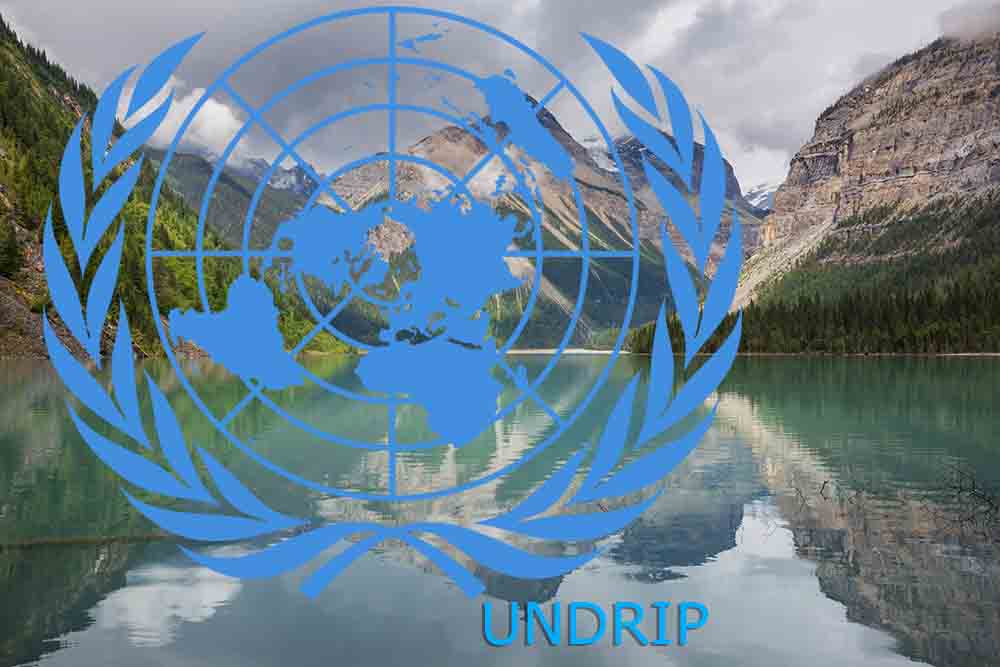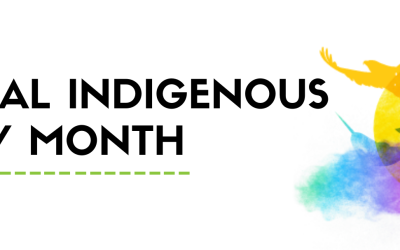Ottawa has quietly ordered a study of Canada’s most economically successful first nations, raising the prospect of a new approach to developing businesses on reserves while sparking fear among some native leaders that their rights to land and resources are at risk.
A small but growing number of success stories are spreading across Canada as native communities break out from historic poverty thanks to millions in earnings as landlords of on-reserve condos, hotels, industrial parks and high-end golf resorts.
The Globe and Mail has learned that the top public servant at the Department of Indian Affairs has commissioned a special project to determine why some reserves are doing well. A list of the country’s 65 most successful communities was drawn up and a senior official was dispatched to meet with 33 chiefs.
Officials say the tour is about making practical, investment-boosting changes to land-use rules and nothing more. But some native leaders fear it’s the latest salvo in a campaign to convert reserves to private land ownership. That could encourage the growth of a property-owning middle class with better access to capital, but it could also carve up reserves, undermine political structures and affect the ability of First Nations to claim a stake in natural resources projects on traditional territories surrounding reserves.
The government’s top 65 list is dominated by southern reserves – mostly in or near cities – that are increasingly peppered with Wal-Marts, doughnut shops and other rent-paying businesses that would have been foreign to most reserves a decade ago.
In an industrial park south of Hamilton, Ont., Barry Brady runs a casino-supply business that was based in Niagara Falls before the Mississaugas of New Credit
He said the rent is cheaper and the private revenue from the industrial park appears to benefit the community.
“The roads are good,” he said. “They’ve always treated us fairly and it’s been a very good experience as far as I’m concerned.”
Chief Clarence Louie
“As long as we can have a handful of first nations in every province doing good economic development, more and more will learn,” he said.
It is these types of success stories that Indian Affairs is seeking to learn more about this summer as part of the special project approved by deputy minister Michael Wernick
But the fact that the invitation letters copy C.T. (Manny) Jules
The tour – combined with other factors including a book Mr. Jules co-authored with academic and former Conservative campaign chairman Tom Flanagan
Assembly of First Nations national Chief Shawn Atleo
“It’s going to place a majority of first nations across the country on their heels,” he said, noting that AFN chiefs have rejected the private property plan. He said it’s time to work on bolder changes for all 633 communities rather than “tinkering” to help a few.
“Let’s see how we can get some much greater rate and pace of progress for first nations across the country with some major policy shifts that include getting beyond the Indian Act,” he said.
Chief Gilbert Whiteduck’s Kitigan Zibi First Nation
He said he told the department in no uncertain terms that the tour should not be used as a launching pad to privatizing reserve lands.
“Would I expect [Indian Affairs] to reveal everything? Not for a minute,” he said. “Why would they want to reveal that to first nations when their ultimate goal, I believe, is assimilation. The White Paper is still alive and well.”


